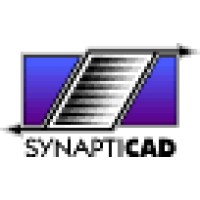
Foleum
Foleum is an innovative blockchain mining project that can generate its own power using GREEN hybrid technologies. The project makes it possible for individuals to take part in GREEN blockchain mining. Foleum is a community based project that is open to everyone who is willing to support the network and benefit from it. By combining Blockchain and GREEN technologies we are able to help create a decentralized blockchain future that is ecologically sustainable and profitable for our community. Foleum is more than just a GREEN blockchain mining project. It is going to change the way the world thinks of mining. https://www.foleum.io






